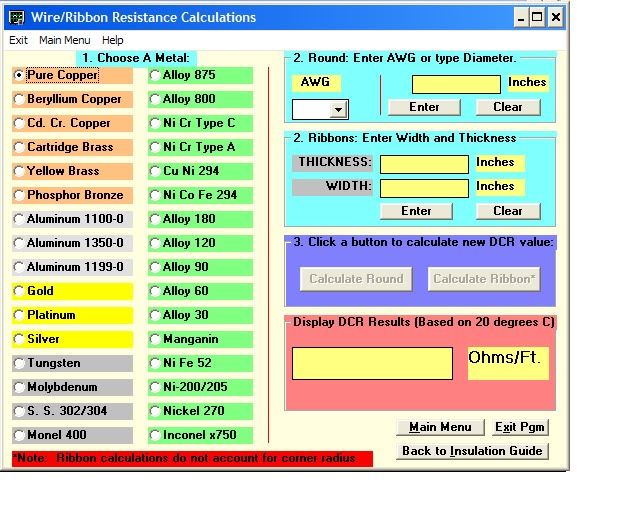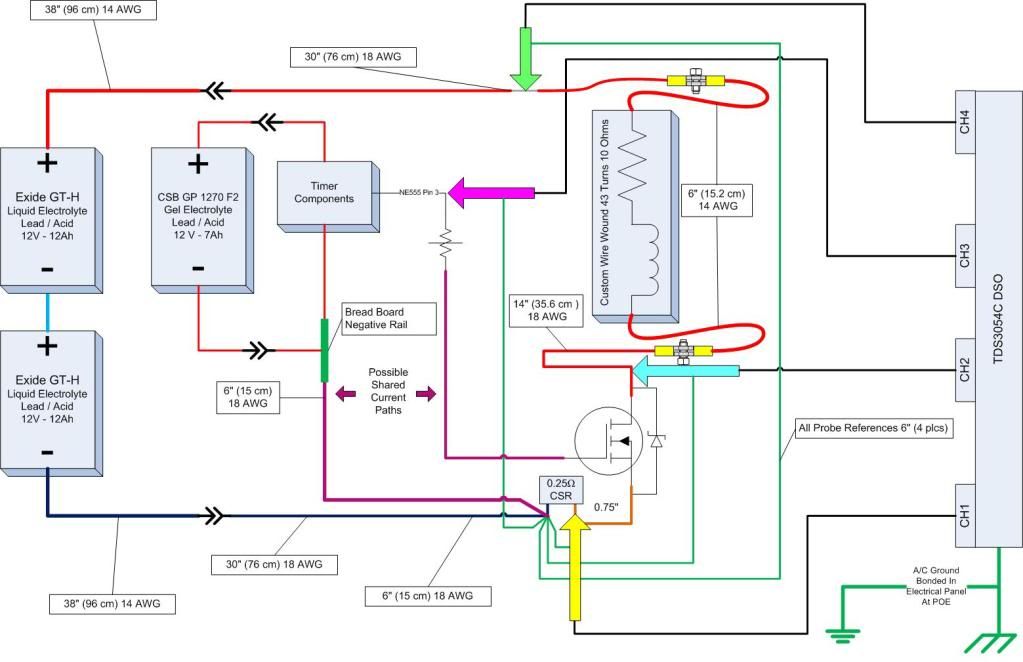Originally posted by gadh
View Post
Originally posted by gadh
View Post
Originally posted by gadh
View Post
Originally posted by gadh
View Post
Originally posted by gadh
View Post
Hope that helps Gad. Sorry we're not replying quicker. I actually Skyped you on this but I think you didn't notice. Let me know about that wire.

EDITED





Comment